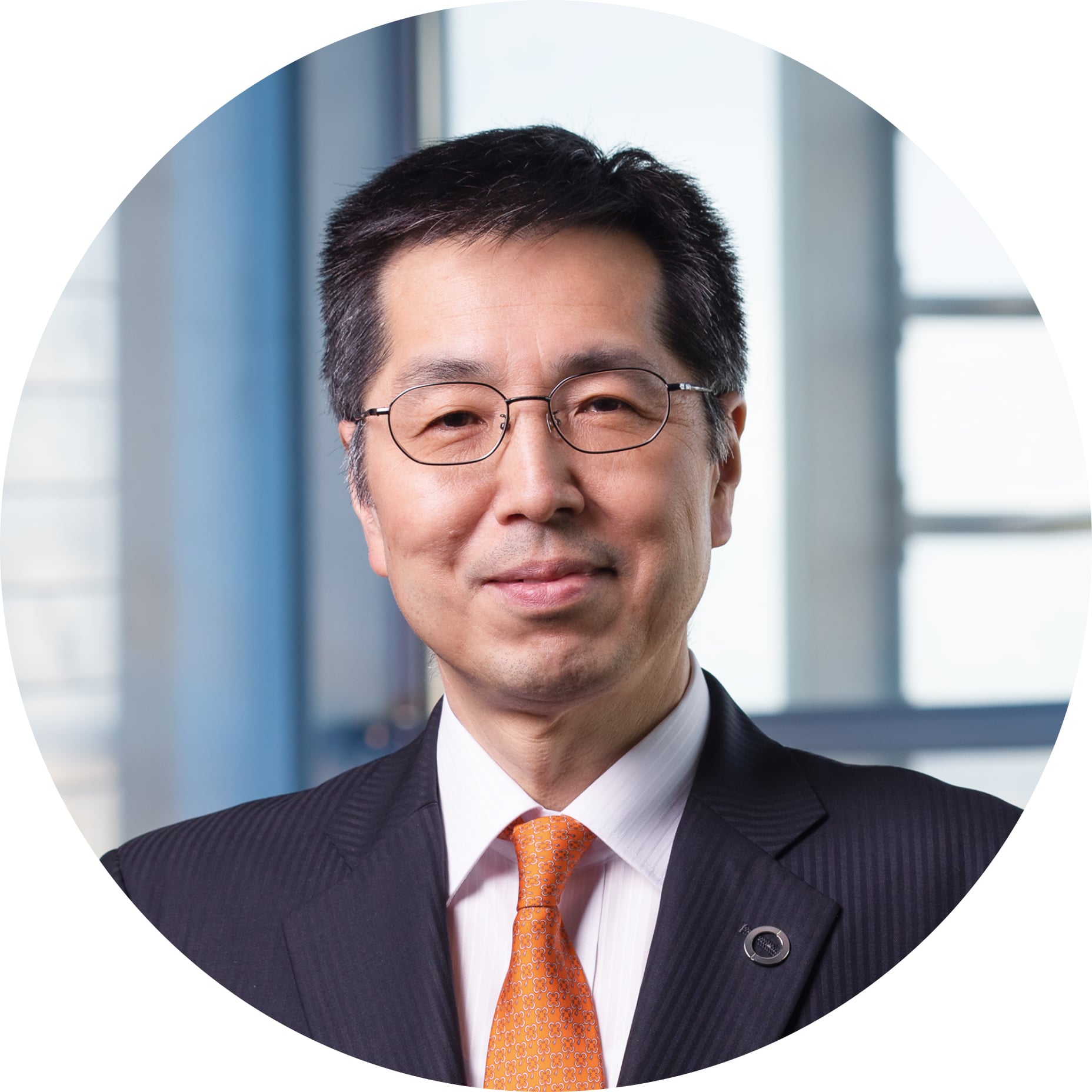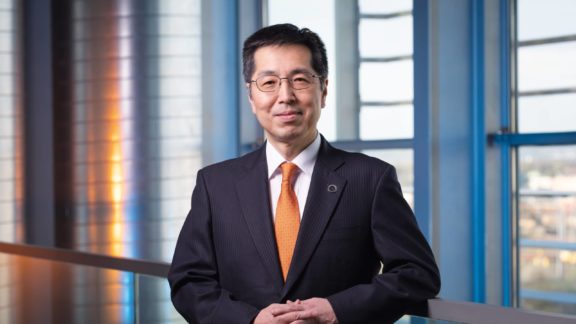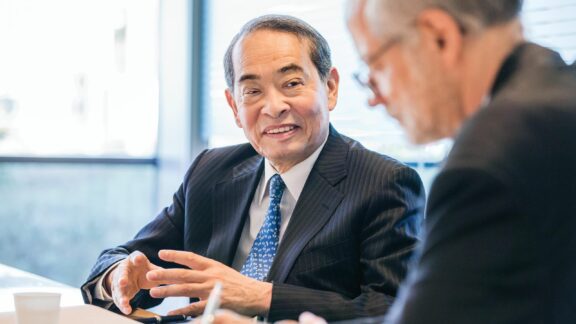This post is also available in: 简体中文 (Chinese (Simplified))
In this section, Dr. Etsuro Hirai, CTO of Primetals Technologies, exclusively answers your questions. Should there be an issue that you would like him to address, please send us an email containing your question, your job title, and your location.

WHY IS INDUSTRY 4.0 SO IMPORTANT TO THE FUTURE OF STEEL PRODUCTION? Asked by a customer from India
Dr. Etsuro Hirai: To me, at the heart of the concept of Industry 4.0 is knowledge management. One of the central challenges in metals production has always been that there was just so much know-how at work—too much for any one expert to master. Since even more data is generated today, the value of this information has not fully been digested and transferred from generation to generation. This is where knowledge management comes in, which can make production processes far more reliable and improve the consistency of the end-product quality.
HOW SERIOUSLY SHOULD I TAKE RECENT ADVANCEMENTS IN ARTIFICIAL INTELLIGENCE? Asked by a customer from Germany
Dr. Etsuro Hirai: I think that artificial intelligence needs to be taken quite seriously, even if we are still far away from what Ray Kurzweil calls the “singularity”—the point in time when computers will be advanced enough to host the complexity of human consciousness. But even for today’s steel industry, artificial intelligence is important. Computer networks have become more powerful, and techniques called “machine learning” and “deep learning” can tackle new kinds of problems. We are already employing these methods in some of our technologies, for instance in our Through-Process Quality Control solution. An important topic that needs to be addressed in conjunction with both artificial intelligence and cloud computing is data security, which we handle with great care. In general, if I look far into the future, I see steel plants operating fully automatically—with very little need for traditional human labor. But it will be a step-by-step process to get there, and it will take several decades.
WHAT ARE THE MAIN TRENDS YOU SEE IN THE CHINESE STEEL INDUSTRY? Asked by a customer from China
Dr. Etsuro Hirai: The steel industry in China is now re-adjusting itself. It is following a three-stage plan in alignment with the Chinese government. The first stage is about a reduction in overall production capacity. Much of this downsizing has already taken place. The second stage is about increasing end-product quality. This is a crucial step but will take a while to unfold comprehensively. China is home to numerous steel producers, and there is no “one size fits all” type of formula for how production facilities should best be upgraded. The third stage is about changing the structure of the Chinese steel industry: in the years ahead, many producers will move from the blast furnace to the EAF-based manufacturing route, and toward a larger scrap percentage in their raw materials.


